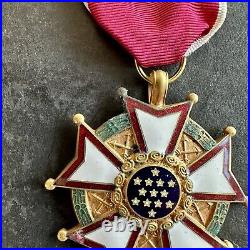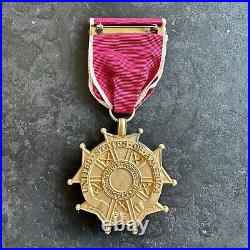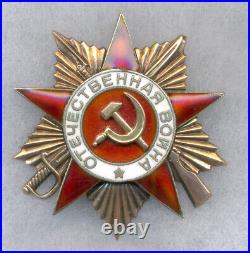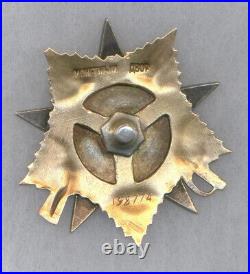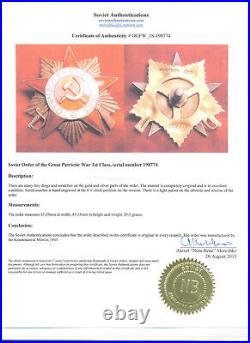Rare Second Place Winner’s Medal 1918 “Munich Olympic Games” for Allied POWs WWI. A fascinating and very rare medal for second place in the 200 metres race at an event for Allied POWs held during World War One calling itself the “1918 Munich Olympic Games”. I would say that it was in close to extremely fine (EF) condition, with a spot of oxidation on the obverse side, but please take a good look at my photographs and form your own opinion of its grade. There is no ribbon or case. Made from a grey base metal Zinc? , Diameter 30 mm, Weight 9.7 grams. An article in the Olympic World Library entitled “Behind Barbed Wire – the’Olympic’ Games of 1918″ by Christian Kunz and Volker Kluge explains that the Games were held at a Prisoner of War Camp at Puchheim, near Munich. These probably took place in the summer of 1918. A French prisoner called Alexandre Richard noted the date on his postcards. These show athletic events like the standing long jump and relay race as well as a French football team. The obverse shows three runners competing in a long or middle distance race. The reverse has a laurel wreath, with the German legend. SPIELE / 1918 / 200 M. (Munich Olymp[ic] Games 1918, 200 metres race, 2nd place). All my medals are guaranteed genuine. Please check out my feedback ratings or contact me if you have any doubts. Get images that make Supersized seem small. Showcase your items with Auctiva’s. Track Page Views With.
ORIGINAL WORLD WAR I UNITED STATES NAVY VICTORY MEDAL W/ SALVAGE CLASP, & FULL WRAP BROOCH. RIBBON DRAPE TESTED U. The World War I Victory Medal is a service medal of the United States military which was first created in 1919, designed by James Earle Fraser. The medal was originally intended to be created due to an act of the United States Congress, however the bill authorizing the medal never passed, leaving the service departments to create the award through general orders. The United States Army published orders authorizing the World War I Victory Medal in April 1919 and the U. Navy followed in June of that same year. Known until 1947 simply as the “Victory Medal”, the World War I Victory Medal was awarded to any member of the U. Military who had served in the armed forces between the following dates in the following locations. 6 April 1917 to 11 November 1918 for any military service. 12 November 1918, to 5 August 1919 for service in European Russia. 23 November 1918, to 1 April 1920 for service with the American Expeditionary Force Siberia. The front of the bronze medal features a winged Victory holding a shield and sword on the front. The back of the bronze medal features “The Great War For Civilization” in all capital letters curved along the top of the medal. Curved along the bottom of the back of the medal are six stars, three on either side of the center column of seven staffs wrapped in a cord. The top of the staff has a round ball on top and is winged on the side. The staff is on top of a shield that says “U” on the left side of the staff and “S” on the right side of the staff. On left side of the staff it lists one World War I Allied country per line: France, Italy, Serbia, Japan, Montenegro, Russia, and Greece. On the right side of the staff the Allied country names read: Great Britain, Belgium, Brazil, Portugal, Rumania (spelled with a U instead of an O as it is spelled now), and China. Please let me know if there’s anything else I can do for you!






